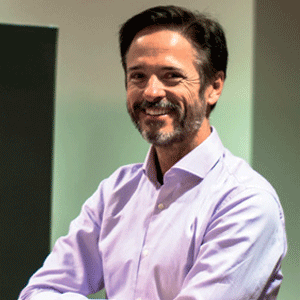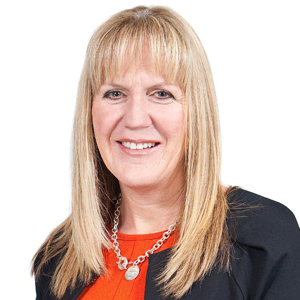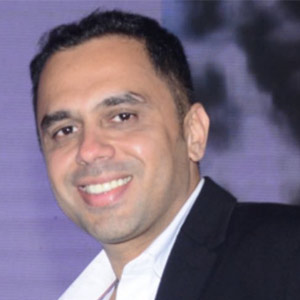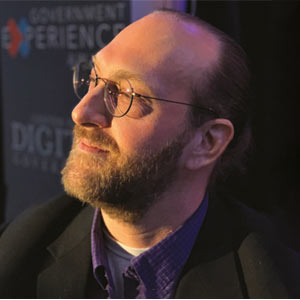THANK YOU FOR SUBSCRIBING
Editor's Pick (1 - 4 of 8)

The Cloud, IoT, and Machine Learning-Leading to the Path of Opportunities
Michael Spandau, CIO & SVP, Fender Musical Instruments Corporation


Michael Spandau, CIO & SVP, Fender Musical Instruments Corporation
Could you elaborate on your methodology to identify the right partnership/solution providers from the lot?
It’s a very competitive landscape as there are a lot of providers out there today. I made the decision to place a bet on AWS years ago, and we have been leveraging it for seven years now, and more than 50 percent of our production loads are on the AWS cloud. We are still associated with AWS because they provided and will continue to provide the functions and capabilities that we are looking for. So, our approach is, first: cloud and secondly: to ensure if the capabilities that AWS provides matches our requirements, and typically for us, AWS introduces us to these sophisticated functions. So, it’s a great partnership, and there are certain things that we do with Azure, such as E-Mail Exchange, Office 365, and so forth.
Moreover, for the company of the size of Fender, we cannot afford using multiple cloud providers as it’s just not practical. You have to pick your tool, speak with all your partners and then move forward with the same.
What are some of the common misconceptions in the IoT and machine learning space? How do you advise your peers accordingly?
Some of the misconceptions are probably related to security and vendor lock-in. Earlier, we had to go for long-term capital investments for using a certain service or product, which increased expenditures. The suppliers get into lock-in condition because they get hold of a long-term deal which assures a guaranteed profit and also the supplier can be in a better position than a customer as they have some of the smartest security experts’ working for them. But vendor lock-in can be avoided by using training materials that are freely available in the public domain and also trusting the knowledge that the workforce at an organization possesses.
The last thing I would say is “think big, start small, and be ready to take some risks, and continue to move forward.” Earlier, we would spend a lot of money to make a big investment to be able to move forward, but with today’s capabilities, with a minimal investment, you can tie a lot of different things and see if they move the ball forward. I think, in order to remain an attractive employer, you have to embrace these types of capabilities and technologies, not just because the business is expecting, but on the other side, your own IT employees would want to work on these types of capabilities too.
How would you see the evolution a few years from now with regards to transformations within the arena?
The way we deliver information will fundamentally change. I’m very intrigued by the “Alexas” of this world. I do believe that one day, we are going to move away from reporting as we do it today, and will interact directly with voice-based devices. So, instead of interacting with a portal, there will be business leaders, who will be communicating directly with voice-based devices, and these virtual assistants will be delivering the latest reports to them directly. Thirdly, providing information to the end-user is a trend that doesn’t exist today. It can only be done using a rich history of transactions on one side and machine learning algorithms on the other side, and a mechanism to deliver that information to the end user. These are the things that I see happening over the next few years.
What would be the piece of advice that you could impart to a CIO who looks to embark on a similar venture along the lines of your service?
We have providers out there that offer us tools and capabilities that are unheard of. My advice is to embrace that and to see how they apply them within their own organizations and work closely with these cloud providers because they offer an extensive portfolio of services. These are capabilities that are going to transform how we deliver services today, and we will only get there by embracing it.
Weekly Brief
I agree We use cookies on this website to enhance your user experience. By clicking any link on this page you are giving your consent for us to set cookies. More info
Read Also
Artificial Intelligence - Myths And Truths
Geraldo Pereira Junior, Chief Information Officer, Ypê
Sustainable Future through Innovative Technology Solutions
Faisal Parvez, Director, BT Business CIO
The Future Relies on Augmented AI
Laurent Fresnel, CIO, The Star Entertainment Group
Digitalization with the use of digital technologies/Improving business through digital technologies
Wilbertus Darmadi, CIO, Toyota Astra Motor
How Marco's Pizza Leaned On Technology To Succeed Amid The Pandemic By Quickly Pivoting To Contact-Free Delivery And Curbside Carryout
Rick Stanbridge, VP & Chief Information Officer, Marco’s Pizza
Bunnings Diy Digital Transformation
Leah Balter, Chief Information Officer, Bunnings
For a Smarter City: Trust the Data, Ignore the Hype
Brad Dunkle, Deputy CIO, City of Charlotte
Smart Community Innovation for the Post Pandemic
Harry Meier, Deputy Cio for Innovation, Department of Innovation and Technology, City of Mesa




















